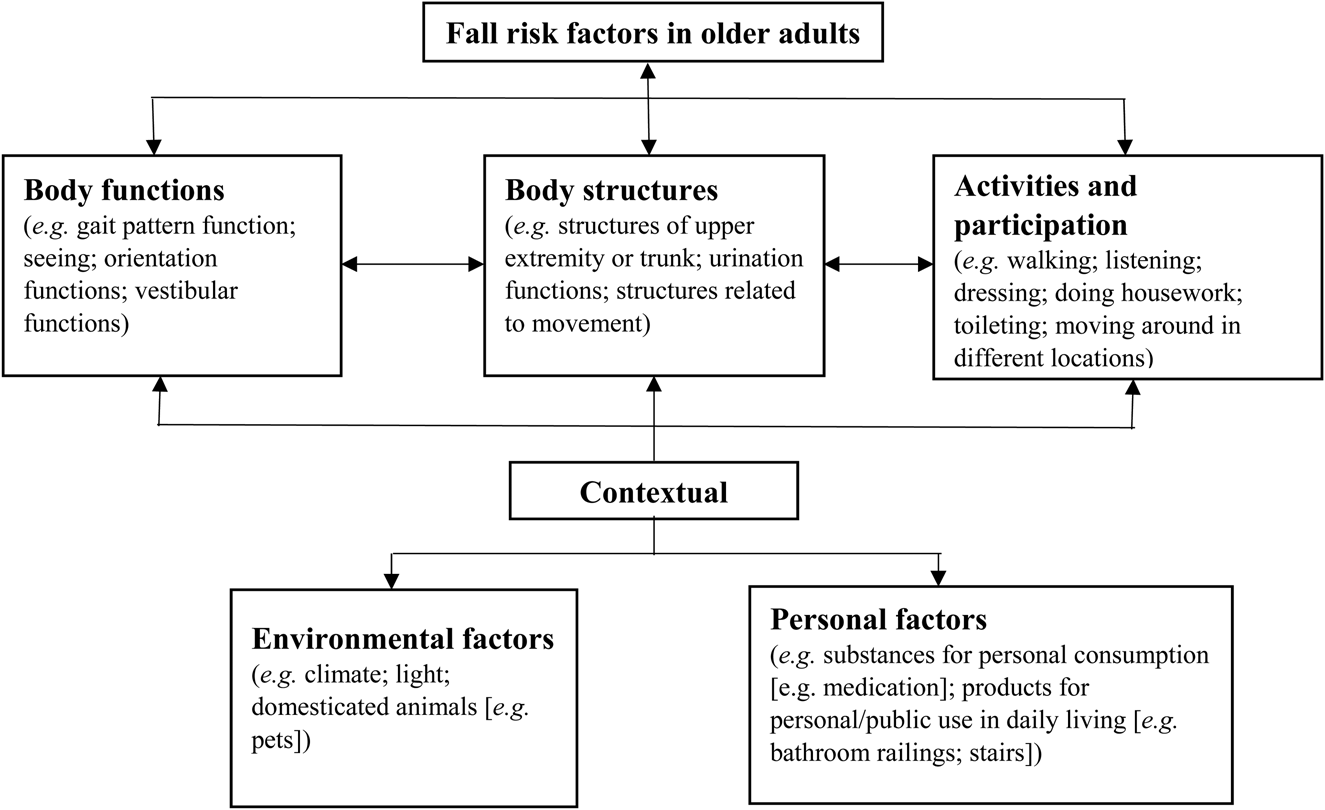The Best Guide To Dementia Fall Risk
The Best Guide To Dementia Fall Risk
Blog Article
Our Dementia Fall Risk Ideas
Table of ContentsDementia Fall Risk - The FactsThe 10-Minute Rule for Dementia Fall RiskWhat Does Dementia Fall Risk Do?The Facts About Dementia Fall Risk Uncovered
An autumn threat assessment checks to see just how likely it is that you will drop. The assessment typically includes: This consists of a collection of questions regarding your general health and wellness and if you've had previous drops or issues with equilibrium, standing, and/or walking.Interventions are recommendations that might lower your danger of falling. STEADI includes three actions: you for your risk of dropping for your threat variables that can be improved to try to avoid drops (for instance, balance issues, impaired vision) to reduce your threat of dropping by utilizing efficient techniques (for example, giving education and sources), you may be asked a number of questions consisting of: Have you fallen in the previous year? Are you fretted regarding falling?
If it takes you 12 seconds or even more, it might mean you are at higher risk for an autumn. This test checks stamina and equilibrium.
The positions will certainly get more challenging as you go. Stand with your feet side-by-side. Relocate one foot midway forward, so the instep is touching the huge toe of your other foot. Relocate one foot fully in front of the various other, so the toes are touching the heel of your various other foot.
Getting The Dementia Fall Risk To Work
Many falls happen as a result of multiple contributing variables; for that reason, managing the risk of falling begins with identifying the aspects that add to fall danger - Dementia Fall Risk. Some of one of the most relevant threat variables include: Background of prior fallsChronic medical conditionsAcute illnessImpaired gait and balance, reduced extremity weaknessCognitive impairmentChanges in visionCertain risky drugs and polypharmacyEnvironmental factors can also boost the risk for drops, consisting of: Poor lightingUneven or damaged flooringWet or slippery floorsMissing or harmed handrails and get barsDamaged or poorly fitted tools, such as beds, wheelchairs, or walkersImproper usage of assistive devicesInadequate supervision of the people staying in the NF, including those that show hostile behaviorsA effective loss threat monitoring program calls for a complete clinical assessment, with input from all participants of the interdisciplinary team

The treatment plan should also consist of treatments that are system-based, such as those that promote a safe setting (appropriate lighting, handrails, get bars, and so on). The efficiency of the interventions should be evaluated occasionally, and the treatment strategy changed as necessary to show modifications in the autumn risk assessment. Implementing an autumn risk monitoring system utilizing evidence-based ideal practice can decrease the prevalence Resources of falls in the NF, while limiting the potential for fall-related injuries.
Dementia Fall Risk for Beginners
The AGS/BGS guideline advises evaluating all grownups aged 65 years and older for fall risk each year. This testing contains asking patients whether they have actually fallen 2 or more times in the previous year or sought medical focus for a loss, or, if they have not dropped, whether they really feel unstable when walking.
People that have fallen as soon as without injury needs to have their equilibrium and stride assessed; those with gait or equilibrium abnormalities must receive extra assessment. A background of 1 autumn without injury and without gait or balance troubles does not call for further assessment beyond ongoing yearly fall threat testing. Dementia Fall Risk. A loss risk evaluation is required as part of the Welcome to Medicare examination

The Buzz on Dementia Fall Risk
Recording a falls history is one of the quality signs for autumn avoidance and administration. Psychoactive medicines in specific are independent predictors of falls.
Postural hypotension can typically be minimized by lowering the dose of blood pressurelowering medications and/or quiting medications that have orthostatic hypotension as a negative effects. Use above-the-knee support pipe and copulating the head of the bed elevated might also lower postural decreases in high blood pressure. The recommended aspects of a fall-focused physical exam are displayed in Box 1.

A Pull time higher than or equal to 12 seconds recommends high loss danger. Being not able to stand up from a chair of knee height without making use of one's arms suggests enhanced autumn risk.
Report this page